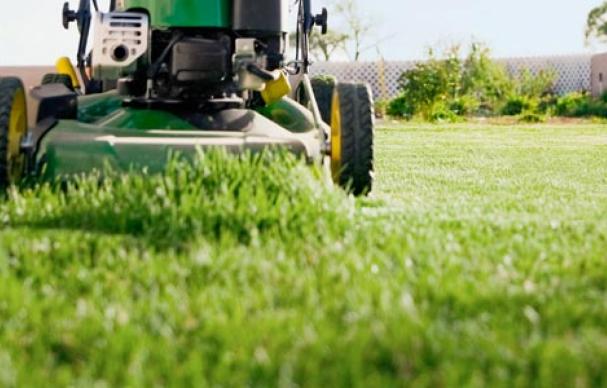
Understanding the Role of Fungicides in Weed Control
A well-manicured green lawn adds to the beauty of any property. Achieving a lush, green and healthy yard requires effort, and one key factor that plays a significant role in growing healthy lawns is fertilization. Every homeowner wants their lawn to look green, healthy, and luscious, but often, they may have trouble achieving it. The right fertilization strategy and schedule can make all the difference. In this post, we will explore some essential fertilization strategies that will help to keep your lawn looking its very best.
1. Understand the Different Types of Fertilizer
Before investing in a fertilizer, the first step is to understand the different types available. Fertilizers are distinguished by their nitrogen-phosphate-potassium (NPK) ratio, which indicates the proportion of these nutrients in the fertilizer. For a lawn, a balanced ratio of 3-1-2 or 4-1-2 works best. Most fertilizers are either granular or liquid-based, and they have different application methods. Granular fertilizers release nutrients slowly, while liquid fertilizers work quickly. Some fertilizers also contain micronutrients, such as iron, sulfur, and calcium.
2. Understand Your Lawn
The second crucial fertilization strategy is to understand your Lakewood lawn service. Factors such as soil type, grass type, and environmental conditions affect the choice of fertilizer. For instance, sandy soil requires a different fertilizer compared to clay soil. The same applies to grass type, as some grasses tolerate different levels of nutrients or pH values. The environmental conditions such as sun, shade, and temperature also play a role as they affect grass growth and nutrient uptake.
3. Determine the Right Time for Fertilization
Fertilizer timing is another important factor that plays a significant role in lawn growth. Spring and fall are the ideal times to fertilize a lawn. These seasons provide the best growing conditions for grass and give roots enough time to create strength before warmer or colder weather. Over-fertilization can also cause unwanted consequences, such as nutrient runoff and stress on the grass. It is essential to avoid applying fertilizers during droughts or extreme weather conditions.
4. Apply Fertilizer Effectively
Once you have chosen the right fertilizer and timing, the next step is to apply it correctly. Granular fertilizers are best applied with a spreader, while liquid fertilizers are applied using a sprayer. Make sure to follow the right turfgrass fertilization practices, including the right rate, mode, and time of application. For instance, fertilizer should not be left in piles as it can damage the grass. Also, avoid mowing your lawn immediately after fertilization, as it can cause the fertilizer to spread unevenly.
5. Perform Regular Soil Tests
Lastly, it’s essential to check your soil’s pH level and nutrient balance regularly. Over-fertilization can lead to nutrient burn and soil acidification, which can affect grass growth. A soil test will help you know the nutrient composition of your soil and help determine the right fertilizer application. Soil testing will also help you identify any problems early on, such as pest invasions or patchy grass growth.
In short:
With the above strategies in mind, your lawn will be lusher and healthier than ever before. Understanding the different types of fertilizers and your lawn’s specific needs, timing your fertilization correctly, and applying it effectively, are all important aspects that can help keep your lawn healthy. Keep in mind that regular soil testing is also necessary to ensure that you apply the right type of fertilizer at the right time. Ultimately, a well-maintained lawn adds to the beauty and value of your home, and with the right fertilizer strategy, you’ll be on your way to a green and lush garden.